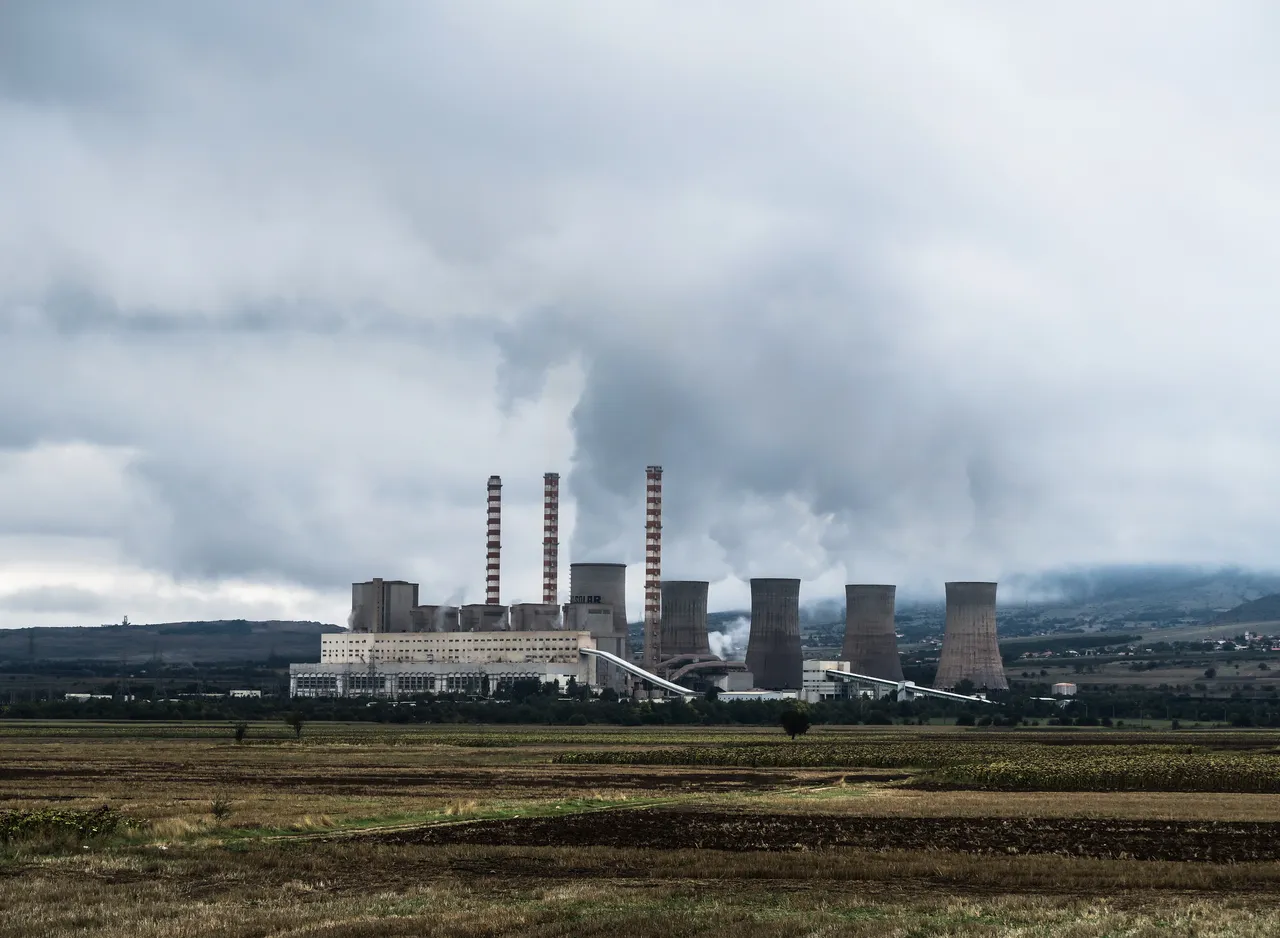There was some good news this year when a paper published in Nature on February 25, showed that CO2 emission were declining in 18 developed countries. Although global emissions from fossil fuels and industrial activity increased by 2.2% annually between 2005 to 2015, during the same period emissions declined in developed economies that have started the move towards decarbonization. The study shows that there is a correlation between decreasing dependence on fossil fuels; increasing renewable energy; as well as energy efficiency; and lower carbon emissions. This evidence shows that climate change policies and efforts are making an impact and must be maintained and enhanced if we are to reach the Paris Agreement goals.
This ray of light however, was overshadowed by a different study revealing that methane emissions have been rising as a result of human activity. While CO2 is the main greenhouse gas, methane is the second most significant contributor to global warming. It is produced naturally due to organic matter breakdown in swamps and bogs. Forest fires also produce a small quantity of methane, as do animals during digestion, in addition to landfills and sewage. Furthermore, gas and coal industries are enormous sources of methane emissions.
Methane has a short life span, meaning it only lasts for 9 or 10 years in the air after which it oxidizes and turns to CO2. While it exists as methane, it is much more powerful — 28 to 32 times more powerful than CO2 — over a period of 100 years.
Its concentration was limited to 750 parts per billion (ppb) till the industrial revolution in the 19th century. Since then it has caused one third of the global warming that has occurred. By the 1980s it was rising very fast due to leaks in the gas industry. Concentrations stabilized by the 1990s, and it seemed that they had been capped at 1,775 ppb, but have been on a steady rise since 2007.
There are different isotopes of carbon, and methane emissions from industrial activity and wildfires increases carbon 13 concentration in the atmosphere, which is what we can see during the 200 years of the industrial revolution. However, since 2007 there has been a richer level of carbon 12, which is due to biological sources. Furthermore, the growth rate has really rocketed since 2014 and the shift to richer concentration of carbon 12 has continued, coinciding with very very warm years. Tropical wetlands and cow farming seem to be the leading causes of these emissions. The warming climate is expanding wetlands and there is unprecedented increase in industrial level cattle farming, both of which are resulting in high methane production.
Another explanation is that the destruction of methane in the tropical mid atmosphere may have reduced, which could result in the same isotopic signature. This is probably due to the dropping of hydroxyl levels in the atmosphere.
The picture is enormously complex and it is not clear which one of these is the main cause. It could very well be that all of them are contributing to the rising methane levels. This rise directly challenges the achievement of the targets highlighted in the Paris Agreement because this level of methane rise was not considered when the Agreement was being drawn up. What this means is that reaching low carbon goals has become even more difficult. The only way this can be countered is by the cutting fossil fuel emissions, decreasing gas leaks and by revisiting our industrial livestock farming practices.
The prognosis for mitigating climate change however, does not look good.